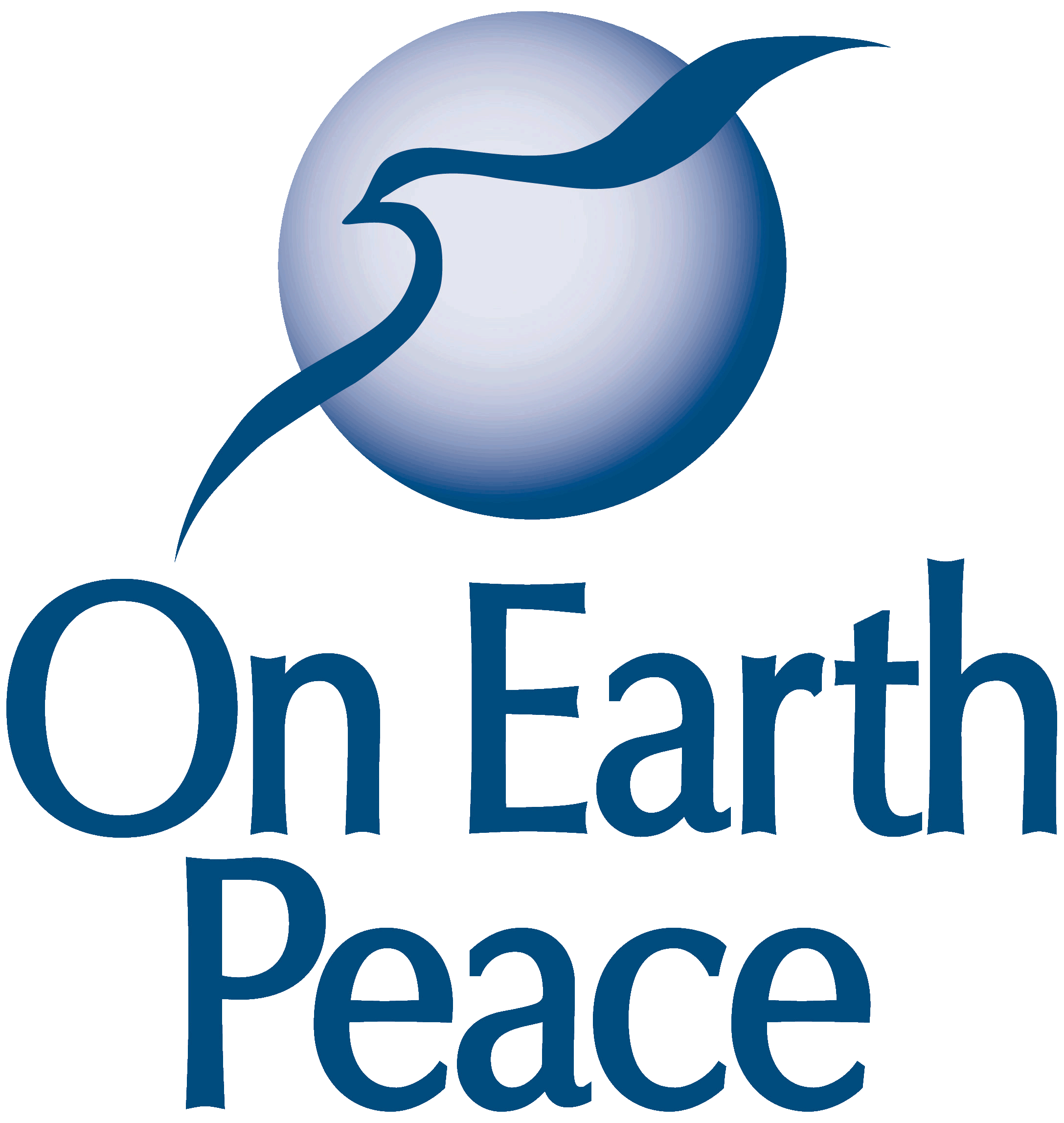
Written by Tamera Shaw and Grace Cook-Huffman
As On Earth Peace’s Racial Justice Intern Organizers, Grace Cook-Huffman and I, Tamera Shaw, led the fourth and final session of the “Raising Race Conscious Kids” webinar series. This session covered the future of racial justice. When thinking about how to frame this session, the first thing that came to mind was the need to provide a resource list for people to access after the completion of our webinar series. When talking about such a heavy topic, we knew that the previous three sessions weren’t going to be enough to address everything that exists in the world of race consciousness. We struggled with connecting our highlighted topics to raising kids because neither of us have children. However, we also wanted to include topics that might not necessarily be for children, but for those teaching children. We, as the teachers to children, must be doing the work as well.
In our session, we highlighted things to look for and things to embrace. Both of these subsections of our session were inspired by the books Raising White Kids by Jennifer Harvey and Why Are All the Black Kids Sitting Together in the Cafeteria by Beverly Daniel Tatum. Within our session, we were most concerned about the inclusivity of our approach. We wanted to make sure that the future of racial justice included people from all racial backgrounds and not only of our own. To support this multicultural space, we decided to conduct additional research (which can be found in our linktree) and incorporated more inclusive terminology and framing to our session.
Concepts such as lack of representation, lack of inclusivity, cultural appropriation, microaggressions, colorism, white saviorism/white fragility/performative allyship, silence and lack of intersectionality were briefly reviewed and discussed. We felt it important to make sure we highlighted ideas needing most attention and reflection for those doing this work with the children in their lives and in their own self-reflection as well. In the things to embrace section of our presentation, an important distinction was made between BIPOC and White Folx to signify how the future of racial justice looks different based on one's racial identity. While this was a lot of information to cover and acknowledge, we made sure to include resources for attendees to use to further their own personal research and reflection. Throughout both of these sections, we asked the participants to do a bit of personal reflection to further develop their understanding of what the future of racial justice looked for them as individuals.
We were inspired by the reflection individuals were having and how many people responded to this conversation. If you are interested in watching the recording and taking a look at our resources, click this link: https://linktr.ee/raceconsciouskidswebinar.
“We all have a sphere of influence. Each of us needs to find our own sources of courage so that we will begin to speak. There are many problems to address, and we cannot avoid them indefinitely. We cannot control to be silent. We must begin to speak, knowing that words alone are insufficient. But I have seen that meaningful dialogue can lead to effective action. Change is possible,” (Tatum, 2013, pg. 342).

Showing 1 reaction